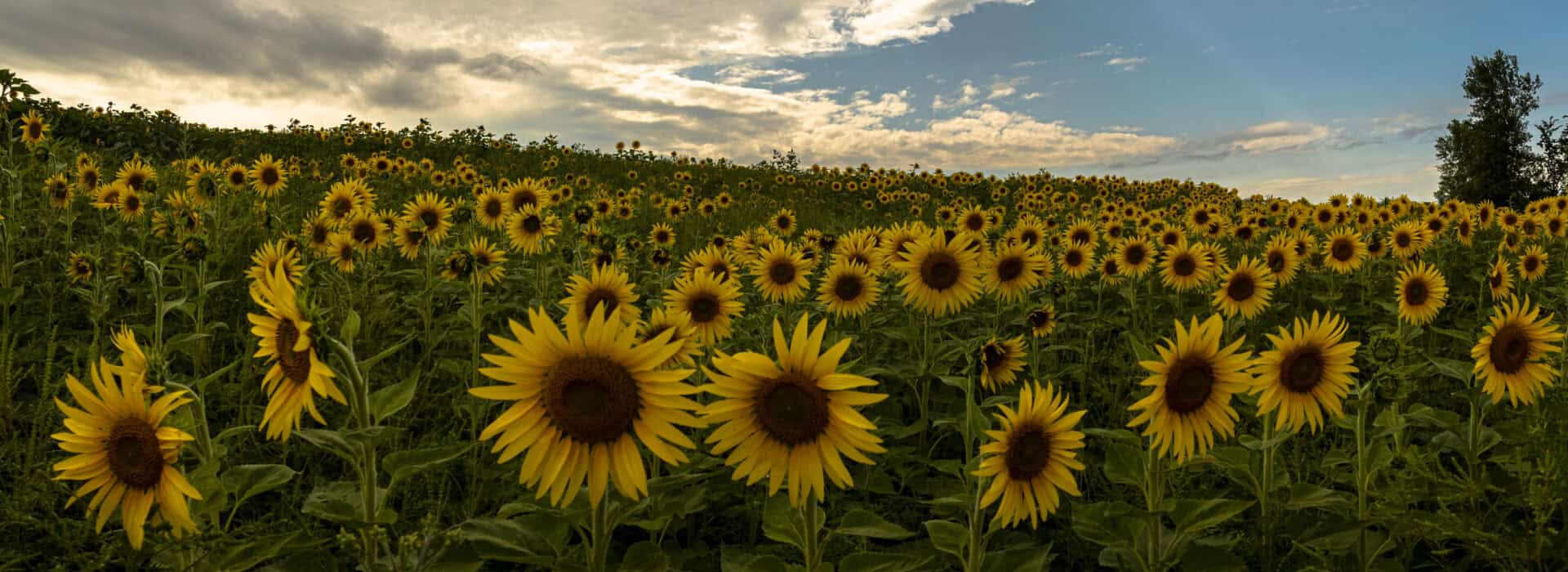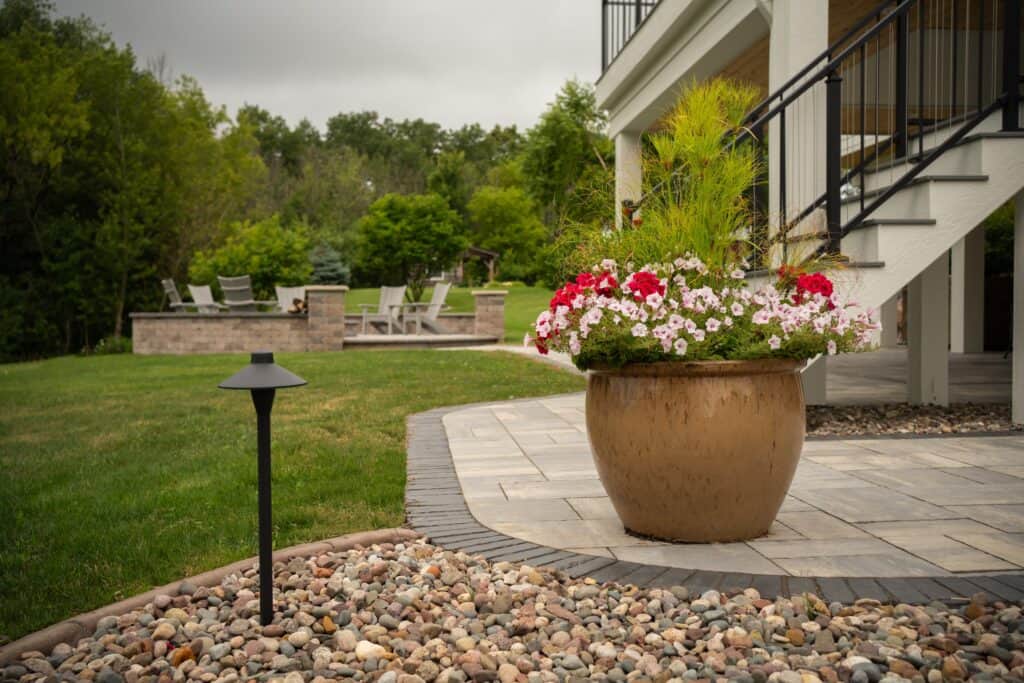
May

1st Week of May
Annuals, Perennials, Shrubs, Trees, and Lawns
- Add soil amendments like organic matter, compost, or peat moss as you prepare your gardens for planting. This can be tilled into the soil in the same garden preparation step.
- Transplant perennials and give them a little extra boost with fertilizer.
- Dig and divide overgrown perennials. Spring is a great time to divide summer and fall blooming perennials, including hostas, day lilies, sedum, Black Eyed Susan’s, cone flowers, asters, and bee balm (monarada)
- Pull weeds as they appear. Removing weeds before they go to seed prevents many more next year.
- Finish any major tree planting before the hot dry summer sets in. Make sure trees are mulched in well to help them retain moisture.
2nd Week of May
Annuals, Perennials, Shrubs, Trees, and Lawns
Visit Stuart’s around Mother’s Day when our fresh stock arrives.
- If you purchase your annuals around Mother’s Day or before Memorial Day, be sure to either cover them at night or bring them into the garage at night.
- Pansies are hardy and can be planted around Mother’s Day.
- May is a great time to seed any patches of lawn. Use quality seed mixtures and a good starter fertilizer. Water to keep soil moist until germination occurs. After germination, water every 2-3 days until your second mowing.
- Perennials can be planted immediately. Prune their roots if they are pot bound and prepare for staking if needed.
- Peony cages can be set up.
- Tree pruning should be limited to damage and disease control.
3rd Week of May
Annuals, Perennials, Shrubs, Trees, and Lawns
- Begin hardening off of indoor grown transplants prior to moving outside. Two weeks before transplanting cut back on water and stop fertilizing.
- Move transplants outdoors to a protected location.
- Treat ground Ivy with a 3 way herbicide when it flowers. It is most susceptible at this time.
- Prune Phlox, Pinks, and Candytuft to encourage new leaves.
- Pinch mums and asters back to 4-6 inches through June to discourage legginess and tighter blooms.
- Pinch back side buds on Peonies to encourage fewer but larger blooms.
- Continue to fertilize roses.
- Begin trimming evergreens after May 15.
- Trim summer and fall blooming shrubs like spirea, dogwood, and weigelia.
- Take advantage of a four-week window to trim, prune, or shape spring blooming shrubs like lilacs, Bridal Wreath spirea, and forstythia. Trimming done after or before this time will remove flower buds that are set for the following spring.
4th Week of May
Annuals, Perennials, Shrubs, Trees, and Lawns
- Around Memorial Day is the best time to send your annuals outside. If frost is in the Wisconsin “unknown” forecast be sure to cover your annuals with a blanket.
- When you plant around Memorial Day, remove flowers to encourage root development, pinch back spindly transplants which will encourage branching and ultimately result in more flowers. Add a pinch of Osmocote to each planting hole to give an extra fertilizer boost.
- Late May is a great time to perform annual weed control in the lawn and to fertilize. Weed and Feed should be applied early in the morning when the lawns are wet with dew. Sprayed herbicides can be used all day.
- Be careful NOT to burn your lawn. Do NOT spray if temperatures climb into the mid 80s.
- Cutting height on lawn should be moved up to the 3-3.5 inch range.
- Pinch back Shasta daisy, bee balm, garden phlox, and obedient plant to control height and stagger bloom time.
- Now is a good time to fertilize shrubs. A slow release fertilizer with a mid to higher nitrogen content is recommended. Organics like Milorgranite works as well.
